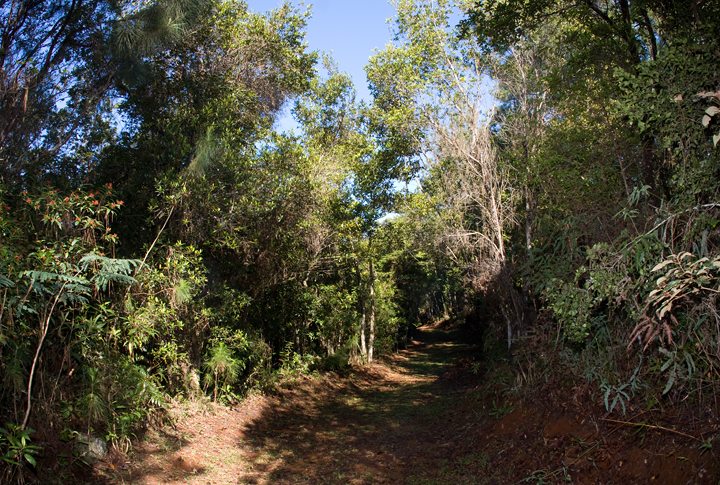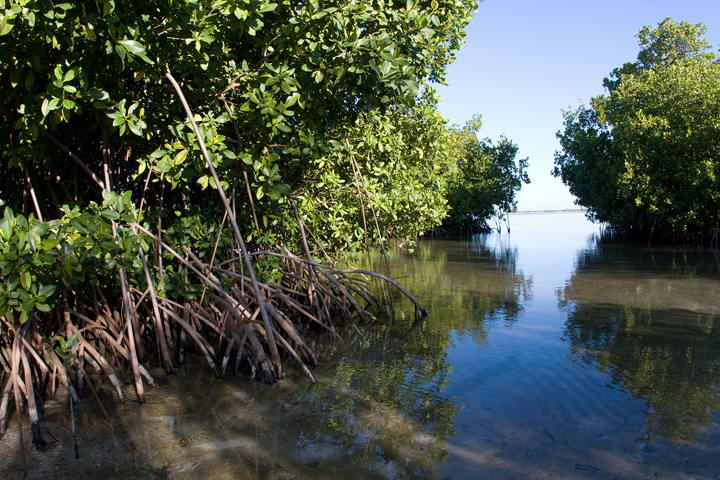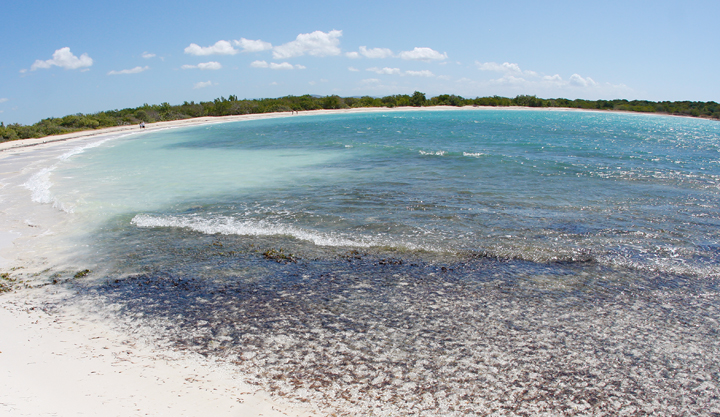PUERTO RICO: Page 3 of images from two weeks in Puerto Rico (4/4 to 4/17)
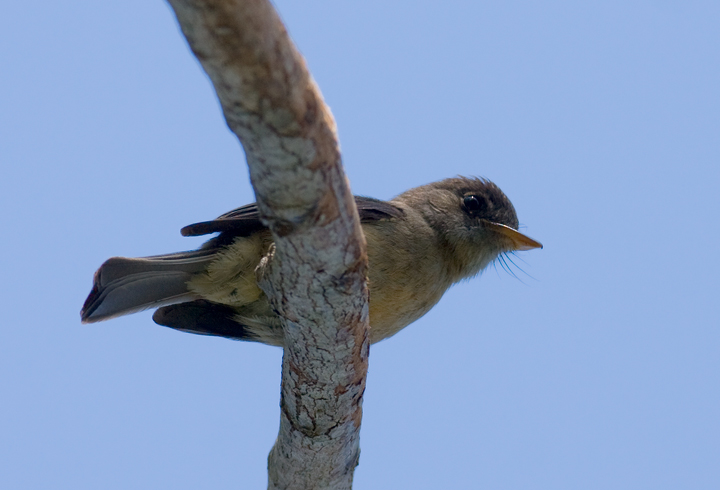
Above: The Puerto Rican subspecies of Lesser Antillean Pewee (Puerto Rican Pewee) in Bosque Estatal de Maricao, Puerto Rico (4/11/2009). Below: A Monk Parakeet enjoys a piece of fruit on a telephone wire outside of Arecibo, Puerto Rico (4/12/2009).
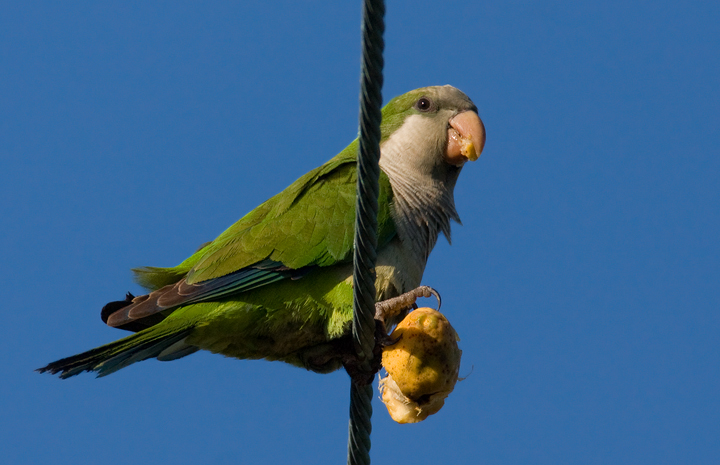
Below four: A series of Common Tern flight shots at Punta Algarrobo, Puerto Rico (4/13/2009). An impressive gathering of terns was present on this date, including at least four Forster's Terns, a Black Tern, and a Roseate Tern (4/13/2009).


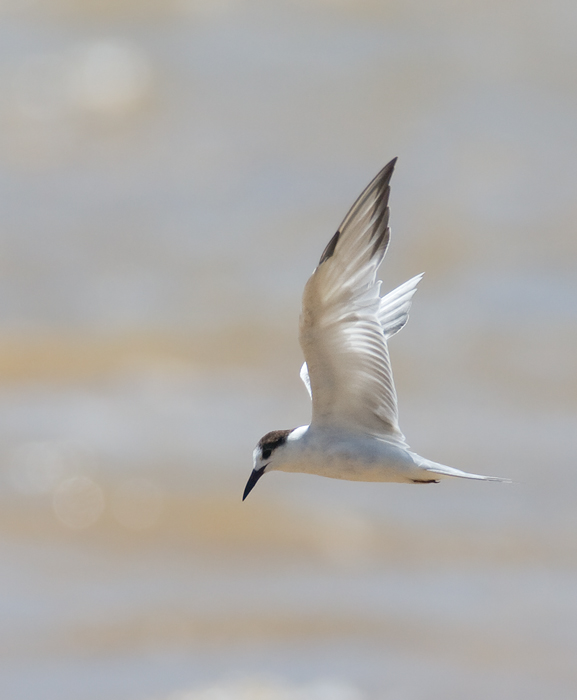
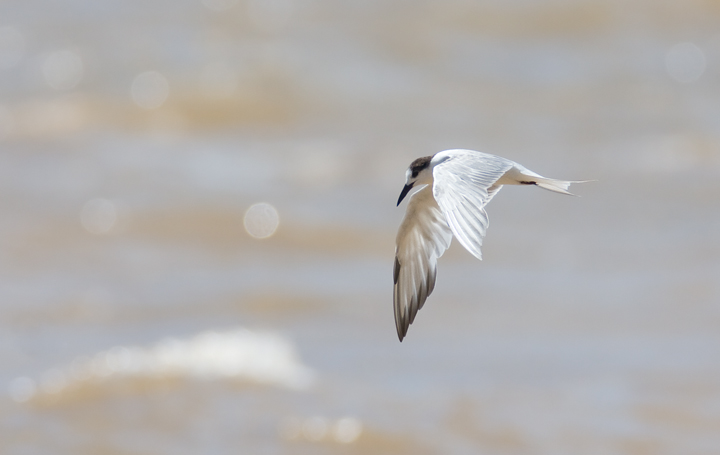
Below: Elfin-Woods Warbler habitat high in Bosque Estatal de Maricao, Puerto Rico (4/11/2009).
Below: A Smooth-billed Ani forages along the roadside near Laguna Cartagena, Puerto Rico (4/12/2009).
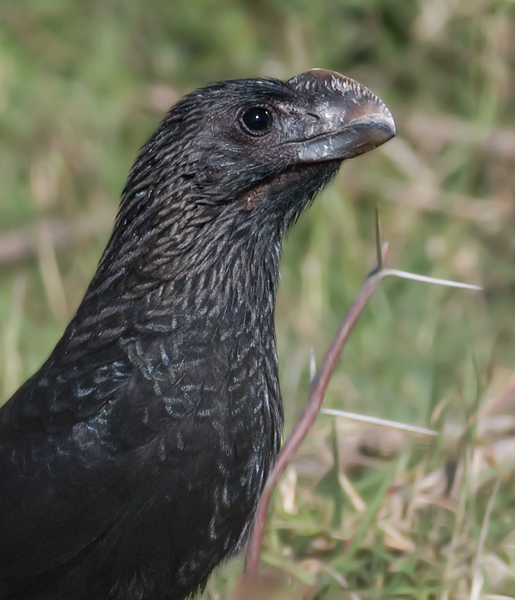
Below: A Spotted Sandpiper rests at Punta Algarrobo, where a freshwater stream meets the ocean (4/13/2009).

Below: A Puerto Rican Harlequin (Atlantea tulita) at Bosque Estatal de Maricao (4/11/2009). This is one of the five endemic butterfly species in Puerto Rico. The other four are Puerto Rican Yellow (Eurema portoricensis), Puerto Rican Leafwing (Anaea borinquenalis), Puerto Rican Calisto (Calisto nubila), and Puerto Rican Skipper (Choranthus borincona). Of these, I found the Puerto Rican Calisto, a reddish satyr-like butterfly, to be common at many high elevation locations.
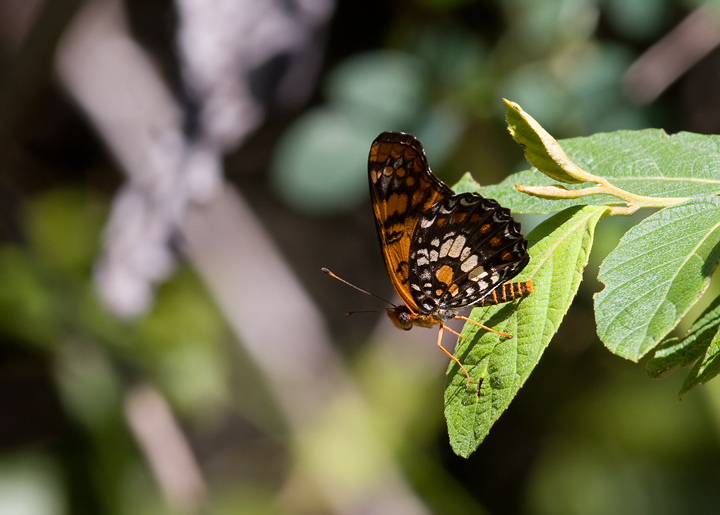
Below: Mangroves at Cabo Rojo refuge, home to the critically endangered Yellow-shouldered Blackbird (4/15/2009).
Below: A Barn Swallow at Cabo Rojo, Puerto Rico (4/14/2009). I had just one sighting of the species during my 2-week visit.

Below three: A Caribbean Elaenia at Cabo Rojo, Puerto Rico (4/15/2009). This species was quite common and conspicuous in the more arid southwestern part of the island.
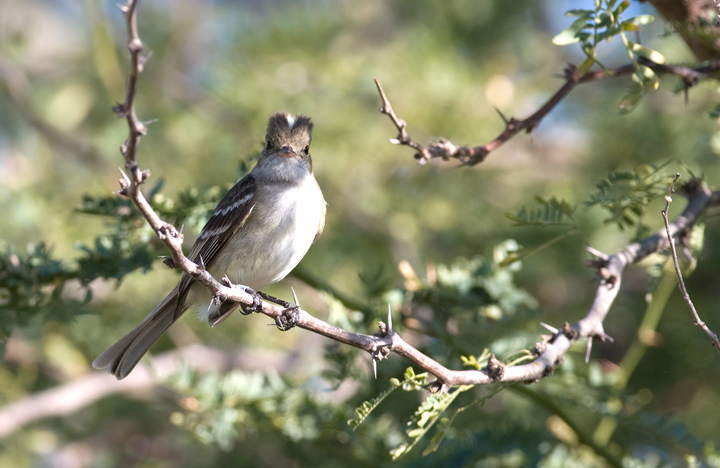

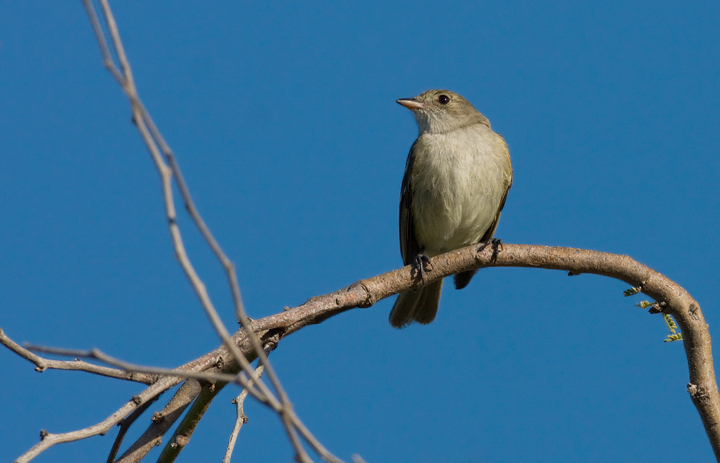
Below: Mangrove restoration underway at Cabo Rojo, Puerto Rico (4/15/2009).
A cruel quiz for birders: African Collared-Doves (i.e., Ringed Turtle-Doves) are a common exotic species in Puerto Rico, but it seems the Eurasian Collared-Dove has now gotten a foothold in the southwest. Can you identify the species shown in each photo?
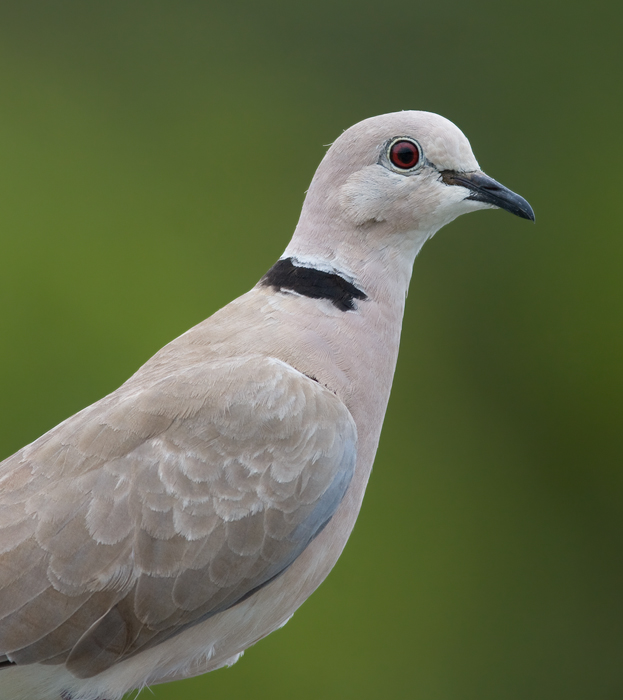

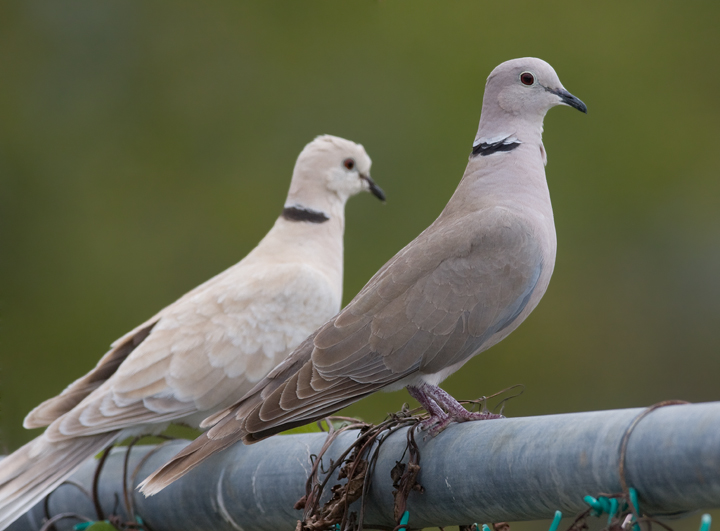
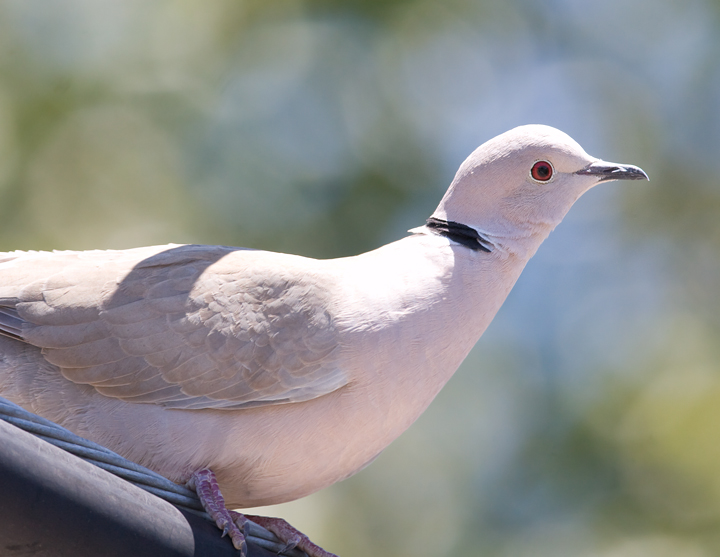
Although there are many subtle field marks worth noting, the most reliable test is the pattern of the tail and undertail coverts (and voice). Only the fourth image (directly above) is a Eurasian Collared-Dove. In the image with two birds, both are actually African Collared-Doves. Below, note the white undertail coverts in the African Collared-Dove (first image) and then the gray undertail coverts of the Eurasian Collared-Dove (second image). The Eurasian Collared-Dove has a wider, more square tail that shows dark outer webs. The primaries of a Eurasian Collared-Dove are much darker, but I found that lighting conditions often made this difficult to judge (see below two, for example). A combination of field marks is the way to go. It was very cool getting to study so many African Collared-Doves. My only Eurasian Collared-Doves were between the towns of Combate and Pole Ojea.
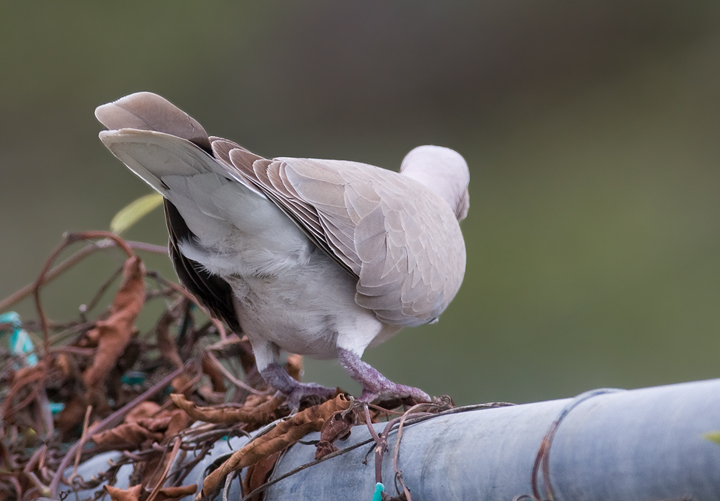
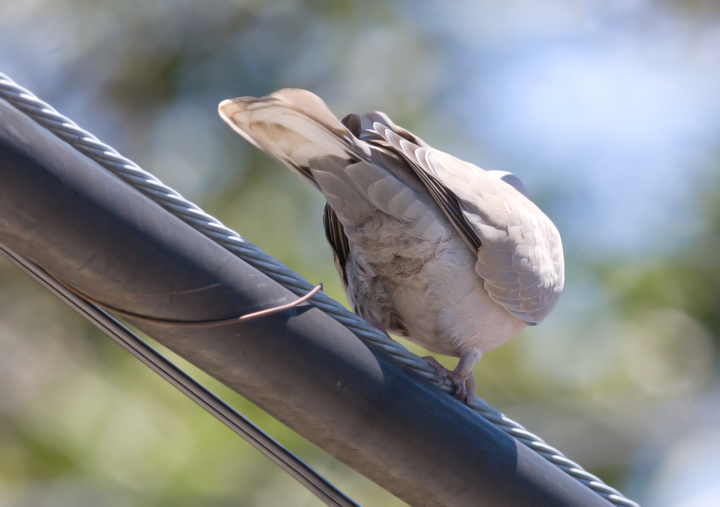
Below: One of two White-tailed Tropicbirds soaring along the coast near Quebradillas, Puerto Rico (4/13/2009).
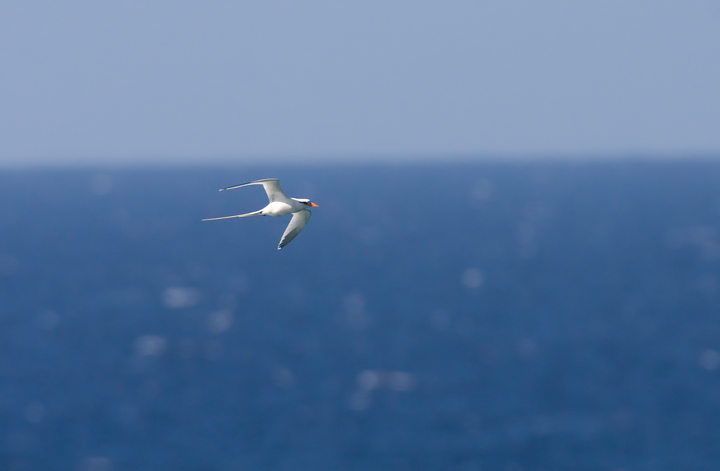
A lovely stretch of beach at Cabo Rojo
El Faro de Cabo Rojo

